While we await the arrival of migrating monarch butterflies, Central and South Texas insect lovers can enjoy the impressive spectacle of millions of American Snout butterflies, commonly known as Snouts.
The long-nosed orange-and-black mottled butterflies, which show up in “snoutbreaks” contingent upon well-timed rains that fuel the growth of their favored host plant, have arrived in droves in the Texas Hill Country and points south in recent weeks.
The butterfly has a reputation for “mass movements” in and around Central and South Texas following late summer rains, according to local biologists and butterfly followers.
On the Llano River this week, thousands of the creatures lighted on Baccharis neglecta, often called Poverty weed or False willow.
The riparian bush offers wind protection and plenty of nectar to Snouts and other insects, and because of its hefty root system, can generally withstand flooding along river beds. After two late summer downpours, it was one of the few nectar plants standing along the Llano’s riverbanks. Luckily, away from the river, Frostweed, Late-flowering boneset and various asters provided lots of blooms.
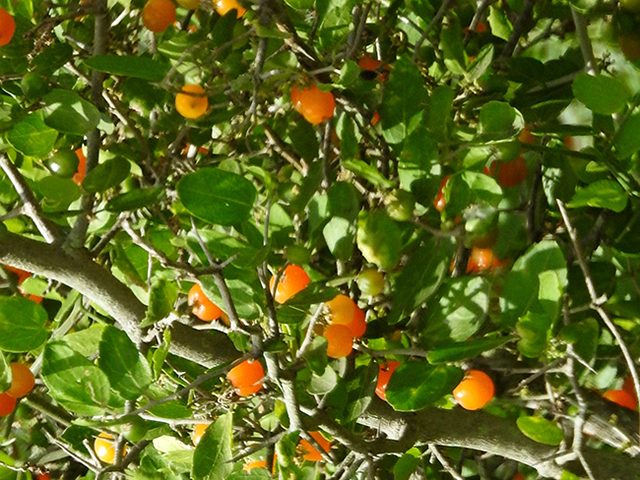
Spiny hackberry, unique in its ability to sprout new foliage after dry spells followed by rains, is the favorite of Snout caterpillars. –Photo via Lady Bird Johnson Wildflower Center
According to Texasento.net, a comprehensive insect informational website developed by Austin entomologist Mike Quinn, mass movements of snout butterflies are spectacular for their density, duration and geographical reach. Quinn labeled periodic snoutbreaks “one of the most phenomenal reoccurring south Texas entomological events.”
As Quinn explains on his site, American Snouts host on various species of Hackberry, Celtis. But Spiny hackberry, Celtis ehrenbergiana) provides the fuel for the periodic population explosions across the dry southwestern United States. Quinn points out that while other species of Celtis can host Snout caterpillars, they don’t produce new leaves (which newly hatched caterpillars require) following significant summer rains.
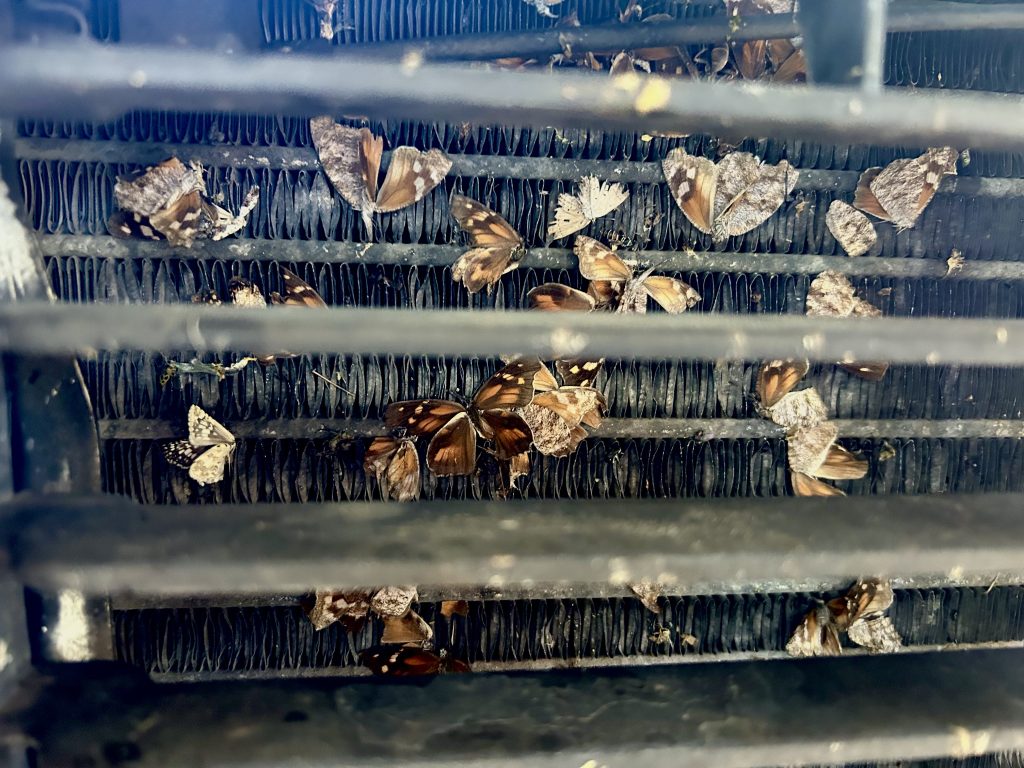
Unfortunate consequence of seasonal snoutbursts: lots of dead butterflies on your car grill. –Photo by Monika Maeckle
The migrating masses that result from a perfect storm of drought, rain and host plant availability clog up car grills, splatter on windshields, and gather on local asters, dogwood, goldenrod and anything else bearing nectar.
“It was like driving through a cloud of butterflies,” said Nicolas Rivard, who was driving from San Antonio to Marathon, Texas, on Friday morning. “It was a massacre,” he added, referring to the unfortunate consequence of dead butterflies on car grills that accompanies such insect explosions.
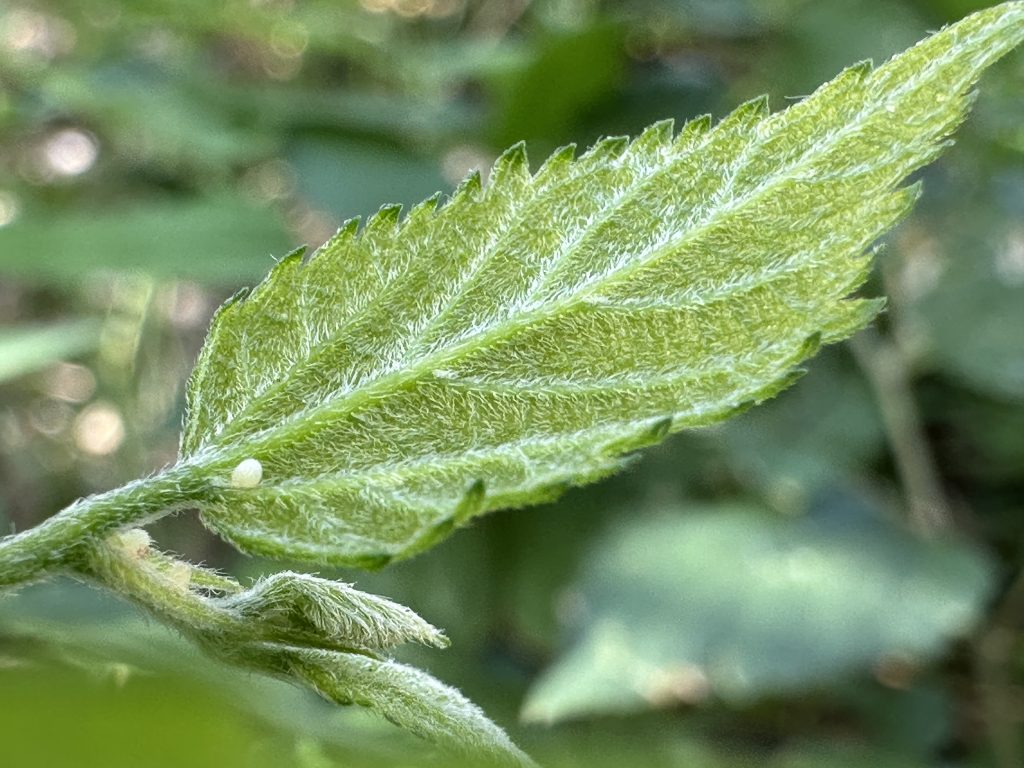
Snout egg on hackberry.–Photo courtesy Drake White
Drake White, owner of the Nectar Bar, a native plant nursery in San Antonio and long time butterfly enthusiast, has a special affection for Snouts.
“I love the tiny robust butterflies,” she said, upon finding a Snout laying eggs in her yard. “They’re my reminder on how important the hackberry trees are, despite their bad reputation as a trash tree.”
This year’s weather pattern has lent itself to a butterfly boom. While monarchs are few (we witnessed only three during a three-day visit to the Texas Hill Country) other butterfly species and insects of all kinds demonstrated their abundance. Especially snouts.
Martin Reid, a birding and butterfly enthusiast who conducts surveys for the San Antonio River Authority agreed with other entomologists that the drought and rain weather pattern we’ve witnessed this summer set the stage for the Snout explosion. He also ventured that they’re also responding to a drop in the temperatures.
According to Texasento.net’s comprehensive natural history of the Snout, in the annals of American Snout butterfly migrations, 1921 ranked as a most remarkable year.
After a world record downpour in Central Texas on September 9-10, 1921, when 36.4 inches of rain fell in an 18-hour period, a Snout butterfly breakout resulted a few weeks later.
“An estimated 25 million per minute southeasterly-bound Snout butterflies passed over a 250 mile front from San Marcos to the Rio Grande River,” Texasento.net reports. Scientists noted at the time that the butterflies’ flight “lasted 18 days and may have involved more that 6 billion butterflies.”
TOP PHOTO: American Snout butterfly rests on Bacharis on the Llano River. –Photo by Monika Maeckle
Related articles
- “Weird” weather has scientists concerned about this year’s monarch butterfly migration
- Declining monarch butterflies: Mexico population drops 59%, West coast population down 30%
- US Fish and Wildlife Service rules monarch butterflies worthy of protection, but doesn’t have resources to provide it
- Recent IUCN “endangered” listing creates confsion for monarch butterfly fans
- IUCN revises listing of monarch butterfly from “endangered” to “vulnerable”
- AS ESA listing looms, new study challenges dogmatic narrative that monarchs are in decline,
- Endangered Species Act: wrong tool for monarch butterfly conservation?
- USFWS gets three more years to evaluate monarch butterfly ESA status

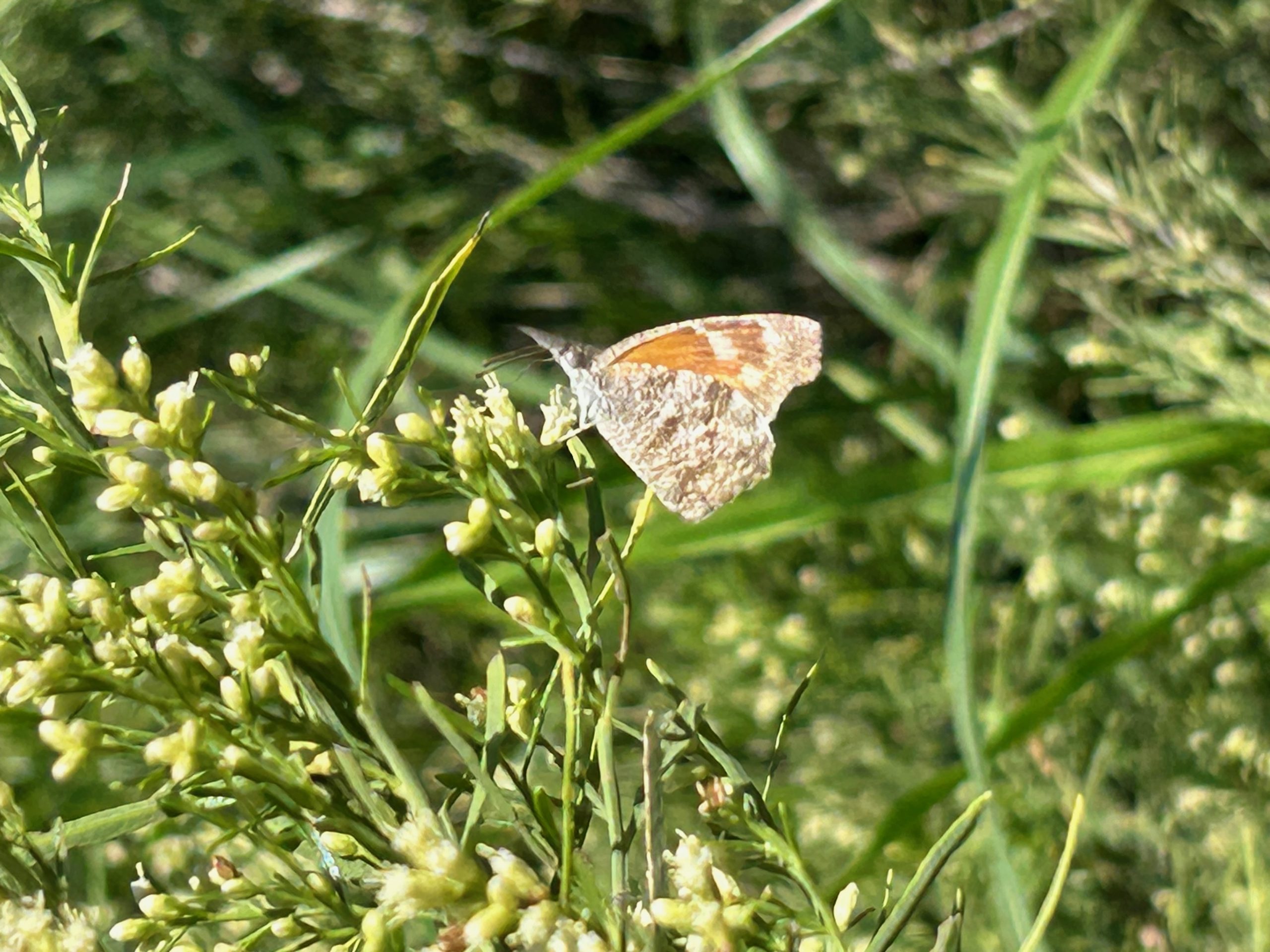
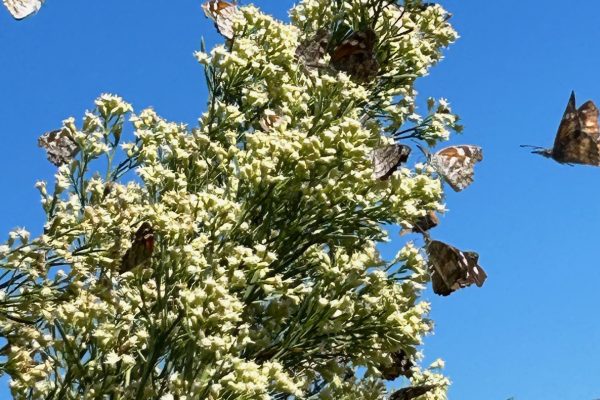
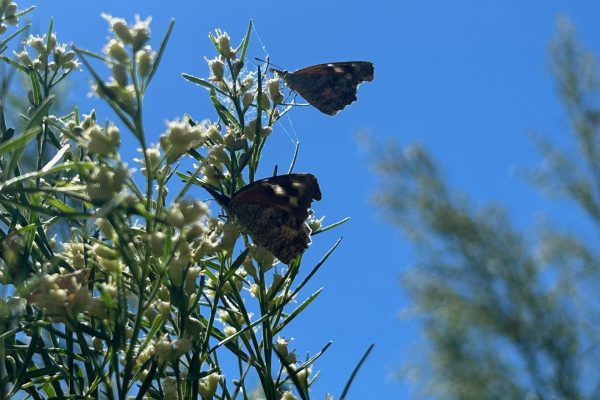
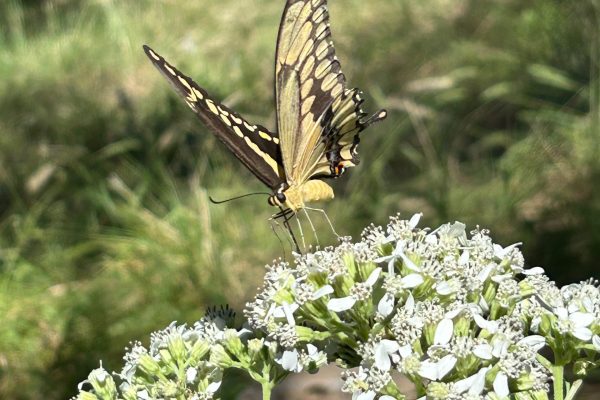
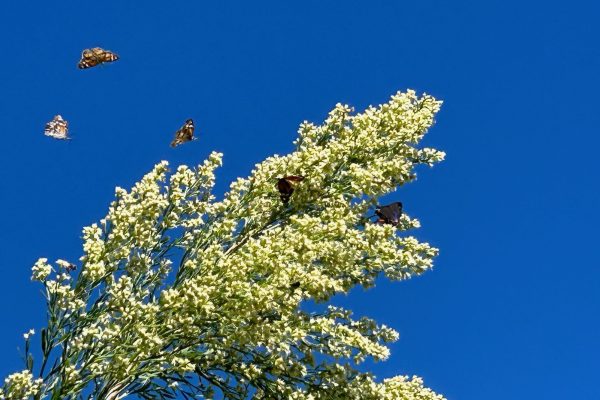
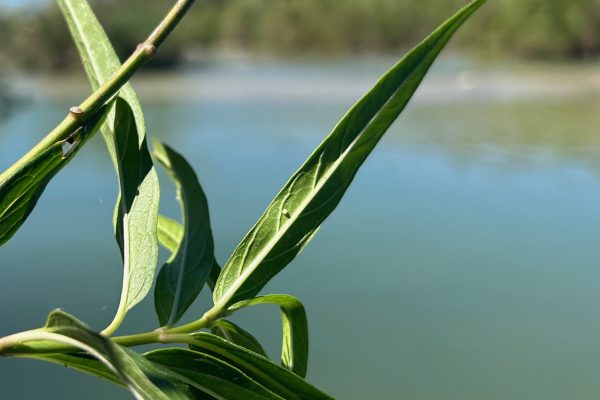
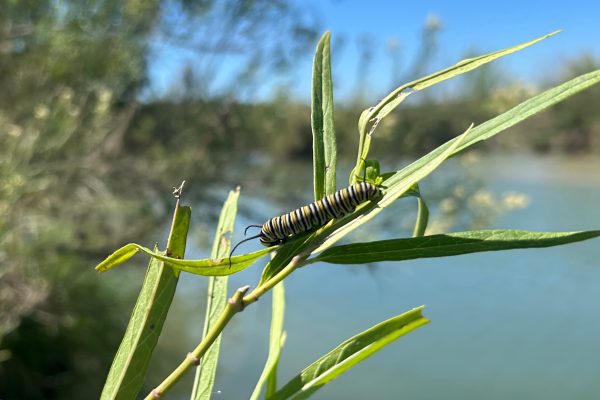
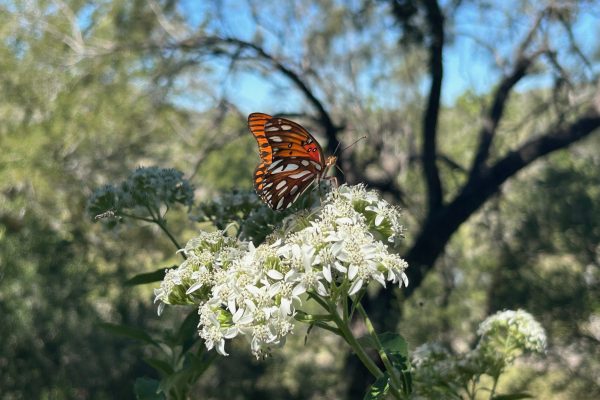
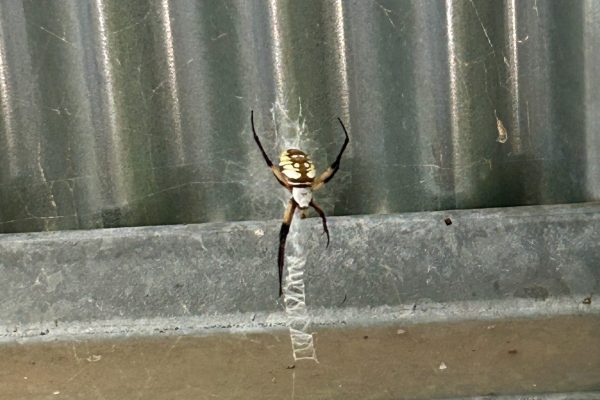


Leave A Comment